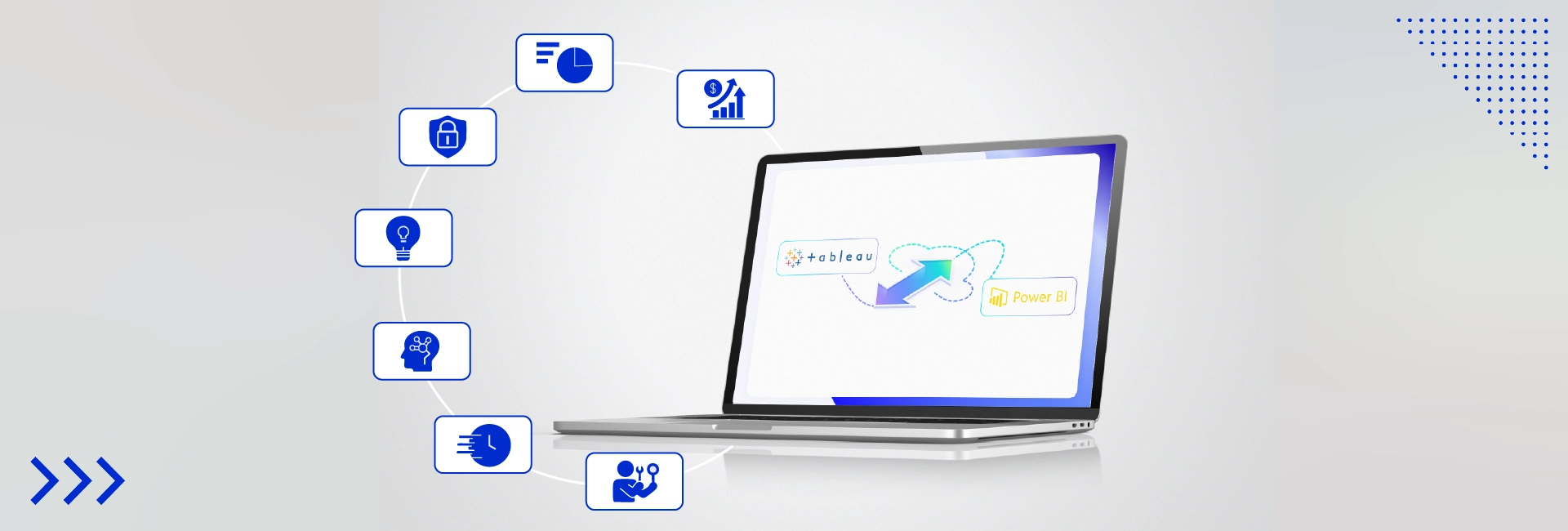Companies today handle more financial issues and transactions than ever before. Traditional reconciliation mechanisms are often unsustainable, resulting in significant delays, human error, and inefficiencies.
“Studies show that manual processes can take up to 80% longer than automated solutions.”
As companies evolve, so does managing and preparing accounts, making old methods seem outdated.
So, how do you stay ahead in such a fast-paced environment? The answer lies in the adoption of modern technology. You can streamline reconciliation with automation, real-time tracking, and advanced software.
Read this blog to discover more about how AI can help detect matching reconciliation easily.
Most common challenges in account reconciliation
Reconciliation is an important part of budgeting but often comes with obstacles. Below, we outline employees' most common challenges during the reconciliation process.
1. Errors in manual data entry
Manually entering data is one of the biggest culprits behind reconciliation errors. Even minor mistakes like typos or switching digits can disrupt financial records, leading to inaccurate reports. Imagine the effort required to identify and fix such errors in a pile of transactions—tedious and time-consuming, isn’t it?
2. Matching bank statements isn’t easy
Reconciling bank statements with accounting records is no small feat. Accountants need to compare each transaction meticulously to ensure everything matches. This detailed work often delays identifying discrepancies, ultimately affecting the accuracy of financial reports.
3. Delays in the reconciliation process
Manual matching processes are time-consuming and often prolonged. This delay can mean outdated or incomplete financial reporting, leaving decision-makers with enough information to make the right choices promptly.
4. Managing multiple payment methods
Dealing with payments from various sources—cash, credit cards, checks, and online platforms—can be a logistical nightmare. Manually reconciling all these payment methods adds complexity and requires extra attention to ensure accuracy.
5. Lack of transparency and audit trails
The traditional accounting system often fails to provide a clear accountability line. Following transactions without transparency or ensuring compliance is a huge challenge when conducting an audit, making the process more stressful than it needs to be.
6. Increased risk of fraud
Manual systems often lack the security measures to prevent unauthorized transactions or misuse of financial records. This increases the risk of fraud, which can significantly affect the business's financial integrity.
7. High demand on time and resources
Manual operations require a lot of time and resources. Accountants spend countless hours preparing accounts when they can focus on more valuable activities such as financial analysis and strategic planning.
Addressing these challenges is essential for efficient and equitable financial services. Recognizing the limitations of traditional approaches can help promote the adoption of smarter and more reliable record-matching practices.
How does AI help detect these reconciliation errors faster?
Accessible figures are crucial for accurate financial records. However, managing them can be tedious, with errors often slipping through, especially when handling large datasets. This can lead to unexpected issues where new technologies can make a real difference.
1. Spotting errors in real-time
One of the best parts of modern tech is its ability to monitor transactions continuously. As records are updated, it can immediately spot discrepancies and alert you. This means that mistakes are flagged and can be addressed immediately, preventing them from snowballing into bigger problems.
2. Unmatched precision in pattern recognition
Sophisticated algorithms identify irregularities and trends in large datasets with exceptional accuracy. Unlike manual processes prone to oversight, these systems analyze patterns at lightning speed, flagging anomalies that might otherwise go unnoticed. This ensures a thorough examination of financial data, leaving no room for hidden errors.
3. Automated data matching for efficiency
Manual data used in banking records can be time-consuming and prone to errors. Advanced technology automates this process by rapidly comparing and aligning data from multiple sources. This saves valuable time and reduces the risk of human error, ensuring a higher degree of accuracy in reconciliation tasks.
4. Seamless scalability for diverse needs
Whether you're handling the financial data of a small business or a large enterprise, the system is designed to scale effortlessly. It processes vast volumes of transactions without compromising performance, making it a versatile solution for businesses of all sizes.
Benefits of AI for early error detection in reconciliation
Automating the account reconciliation process using AI has many benefits for businesses.
Here’s how it can make a difference:
1. Streamlining processes and saving time
Let’s face it—handshakes are often a slow and repetitive process. AI steps in to speed up the processing of these routine tasks, even when considerable power is at its disposal. This lets your finance team focus on more important tasks like planning and analysis. Imagine reducing month-end meetings that once took days to just a few hours—sounds comfortable, right?
2. Greater accuracy, fewer mistakes
Mistakes happen when people manually enter data or handle complex calculations. AI, however, ensures accuracy by matching records with precision. This means you don’t have to worry about discrepancies that might cause issues later. With AI handling the numbers, your financial data becomes much more dependable.
3. Up-to-date financial information
Picture this: A system that constantly monitors transactions and alerts you when something doesn’t match. With AI, your financial data is constantly updated, giving you a clear and instant view of your financial position. This isn’t just about better tracking—it also helps you make smarter decisions when managing cash flow or budgeting.
4. Cost-effective in the long run
While implementing AI tools might seem like an investment upfront, the long-term benefits make it worthwhile. By reducing manual work and minimizing errors, you’re saving significant costs over time. Plus, you avoid the hidden costs from inefficiencies or compliance issues, making it a smart financial choice.
5. Excellent compliance and audit preparation
Preparing for an audit can be time-consuming, especially when you follow each case manually. AI facilitates this by maintaining detailed transaction records and generating reports effortlessly. When it’s time for an estimate, you’ll have everything ready without last-minute hassles, making the whole process stress-free.
AI does more than reconcile—it changes how companies manage their finances. From saving valuable time to increasing accuracy, updating records, and helping comply with regulations, it gives companies the tools to manage finances more efficiently and confidently.
Improve account reconciliation with modern solutions!
Using advanced tools in account reconciliation helps businesses spot errors early, automate tasks, and identify discrepancies quickly. This streamlines processes and allows finance teams to focus on more important work. For CFOs, finance directors, and business owners, it increases the accuracy of financial reporting and decreases the risk of error.
New technology in account reconciliation management helps organizations improve accuracy, compliance, and efficiency. Whether you're an accounting firm or a large enterprise, these solutions make reconciliations easier and faster. Want to improve your account reconciliation services?
Contact us to learn how we can help your business achieve accurate and timely financial reporting.





